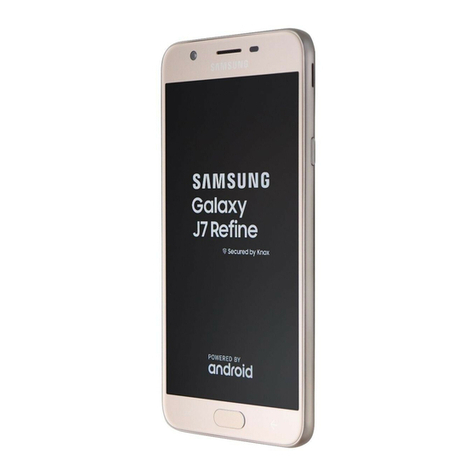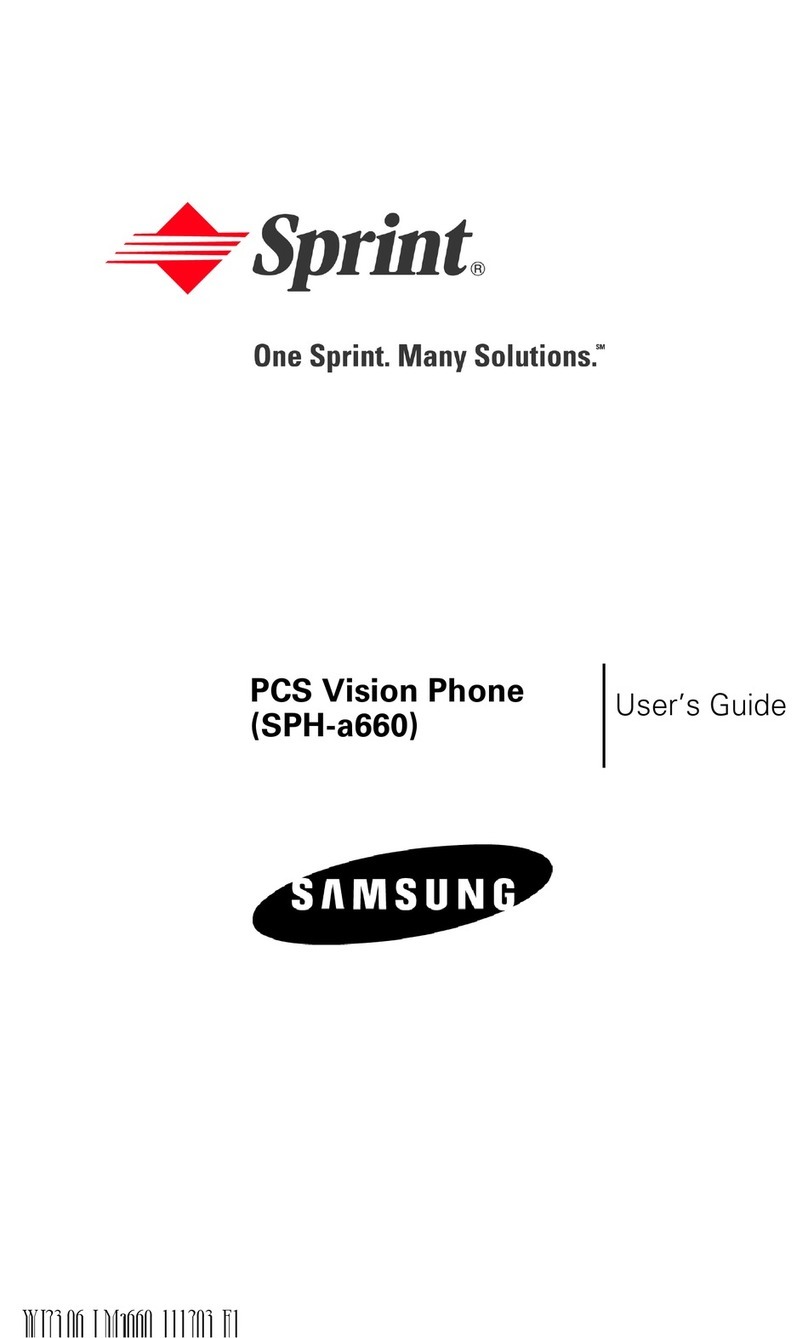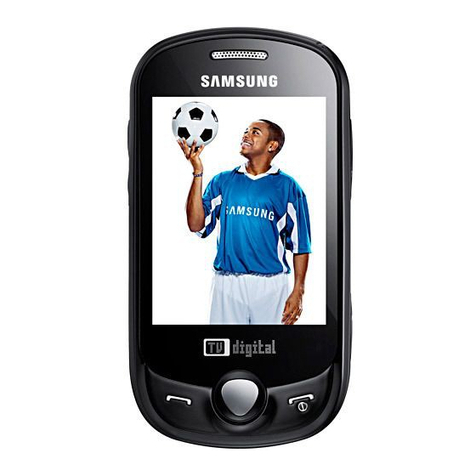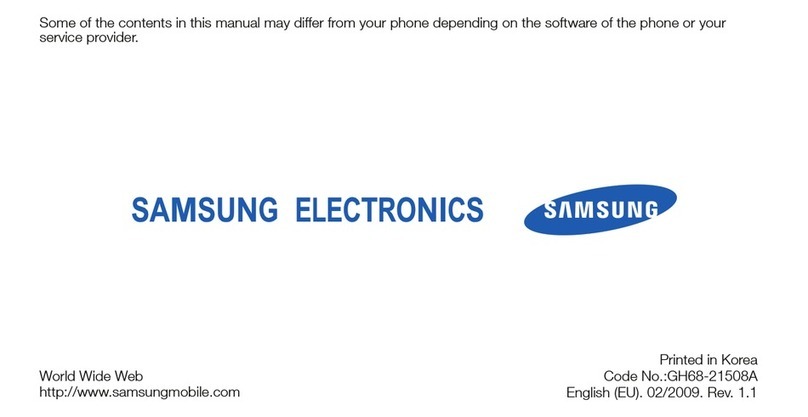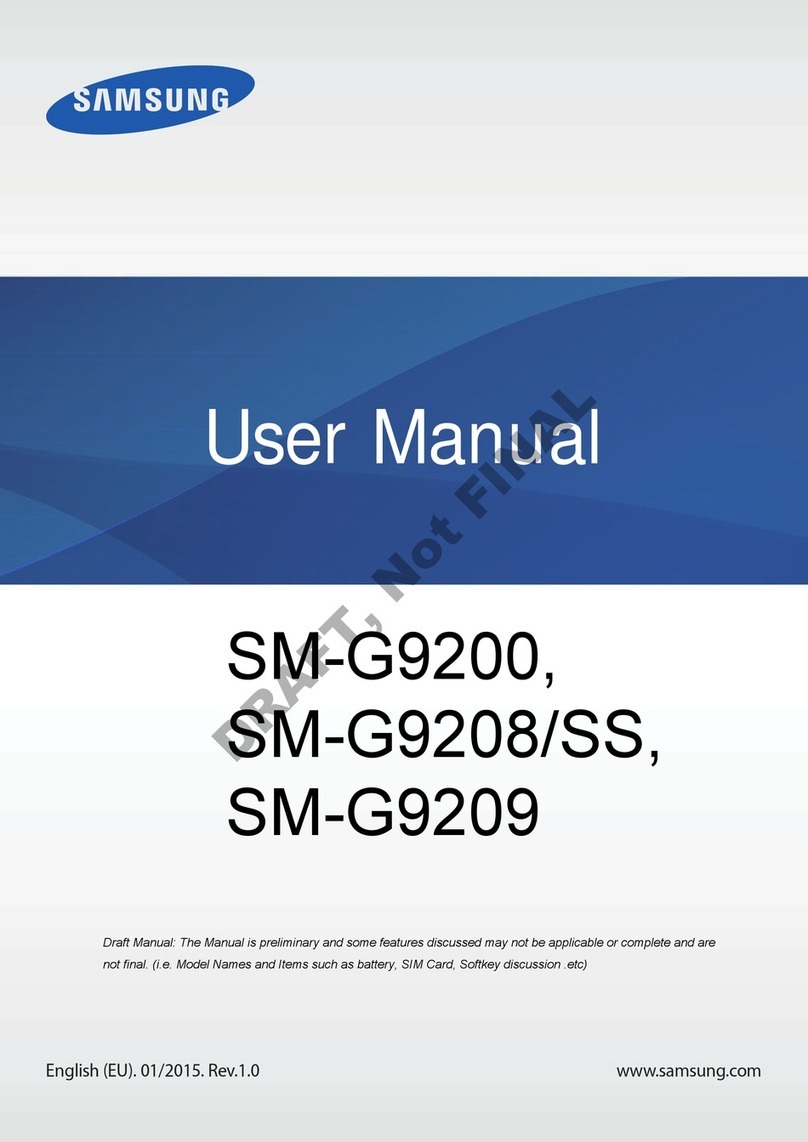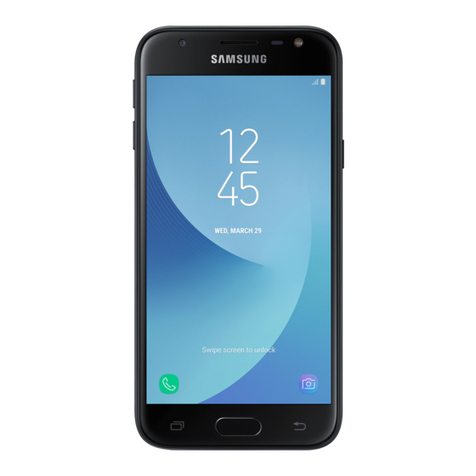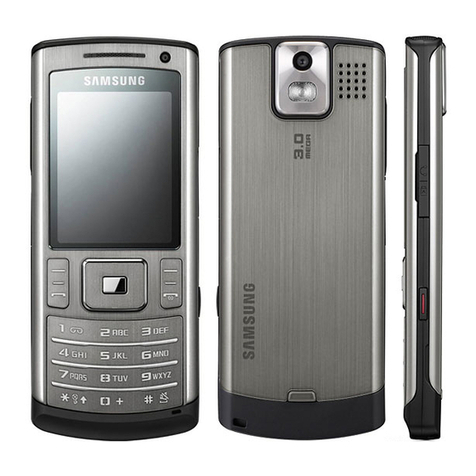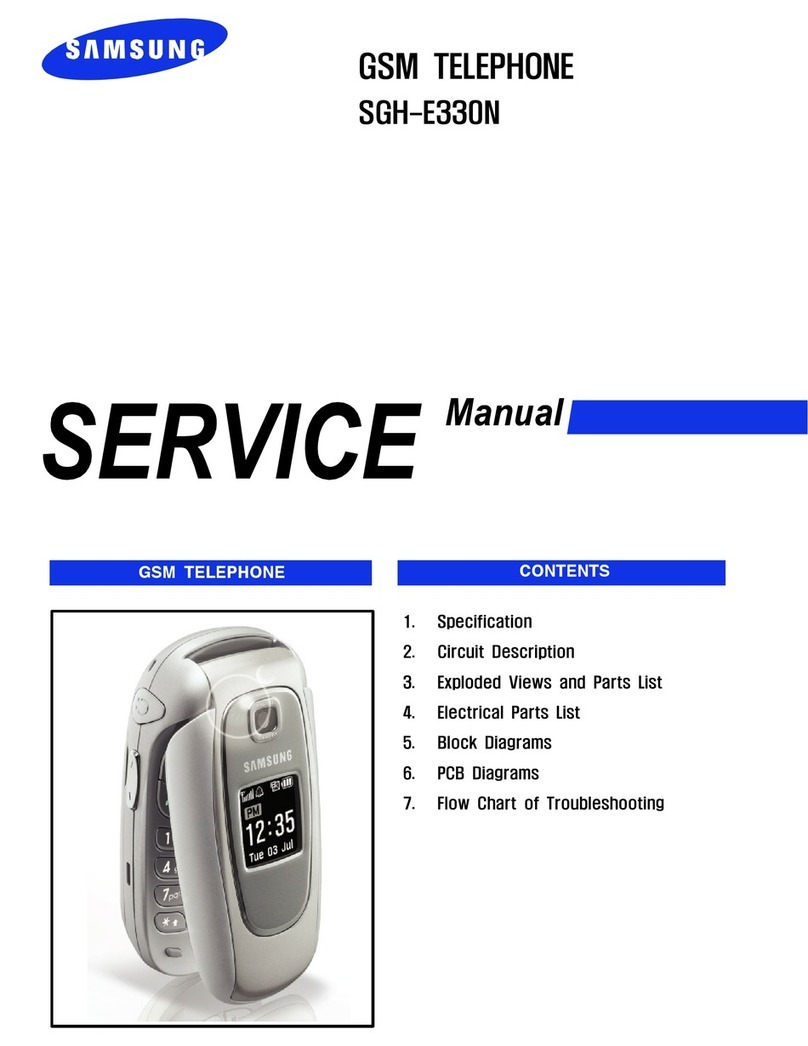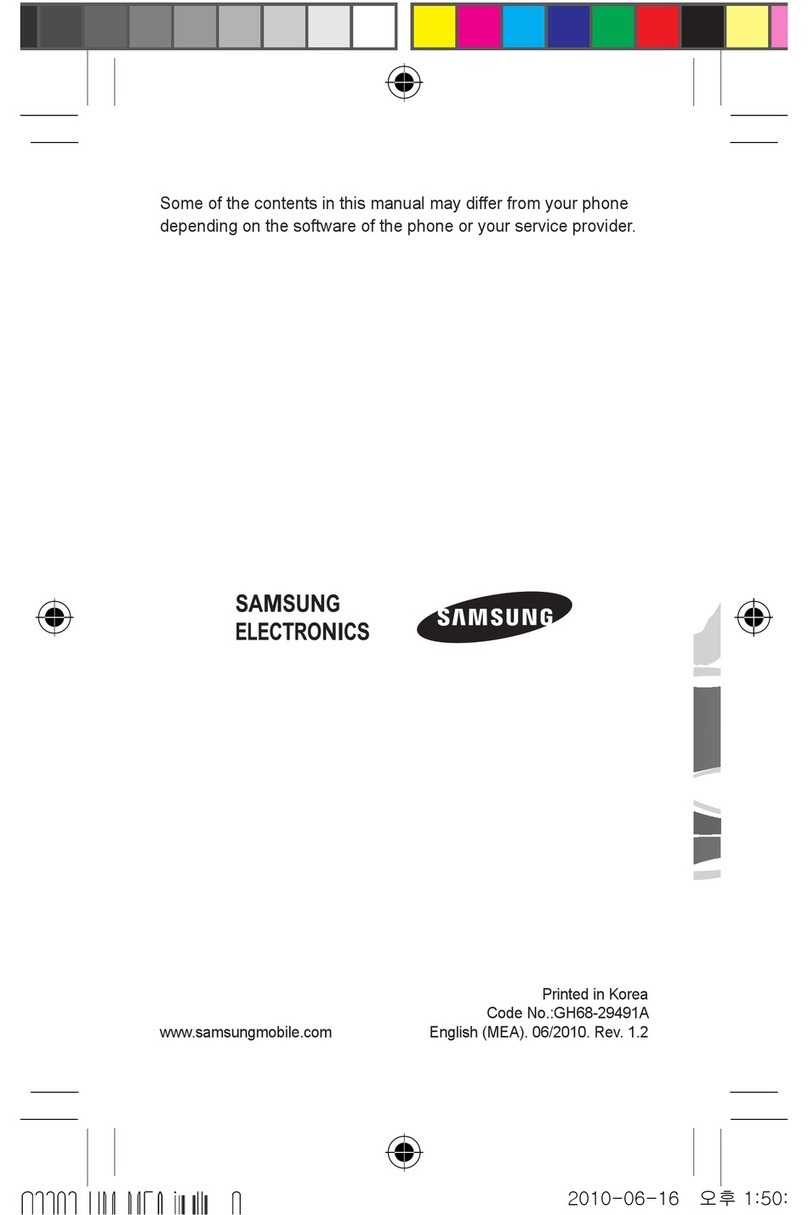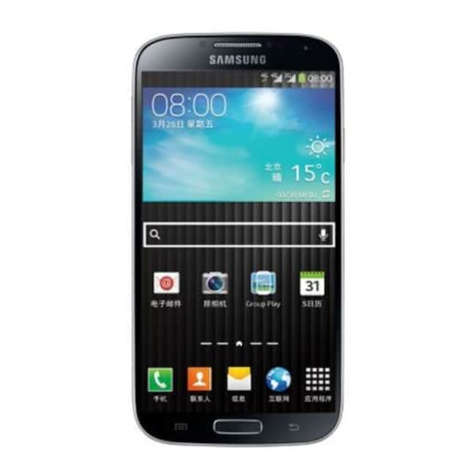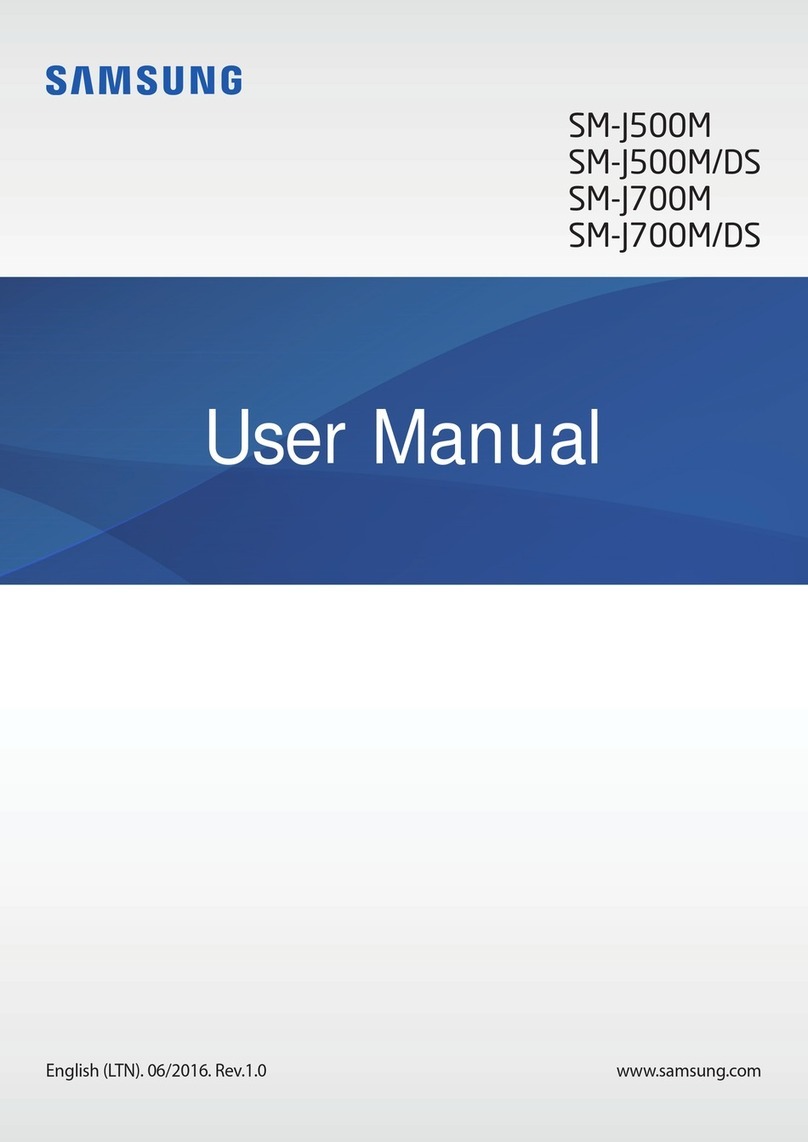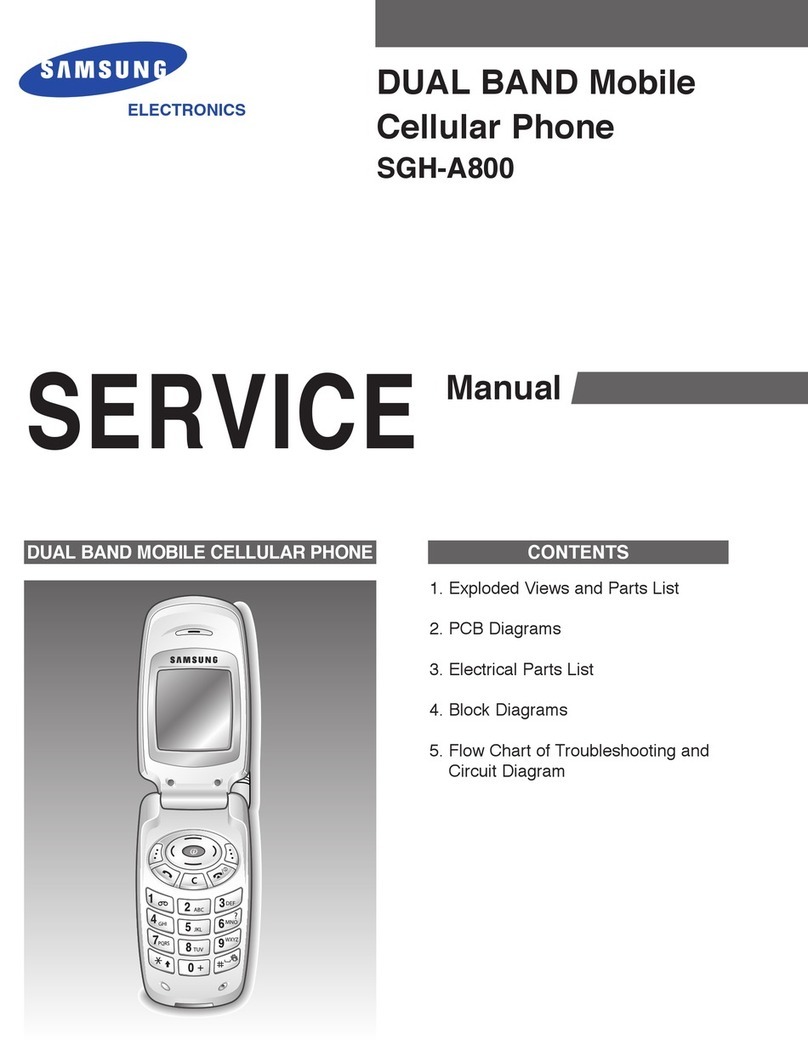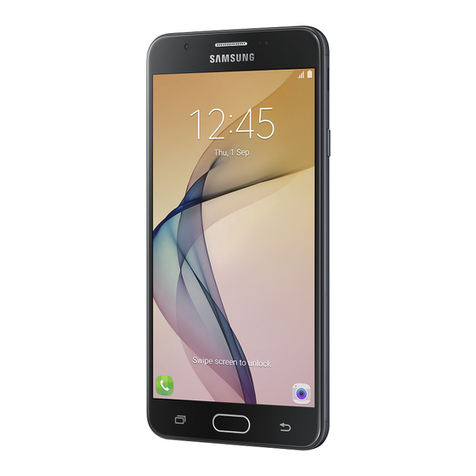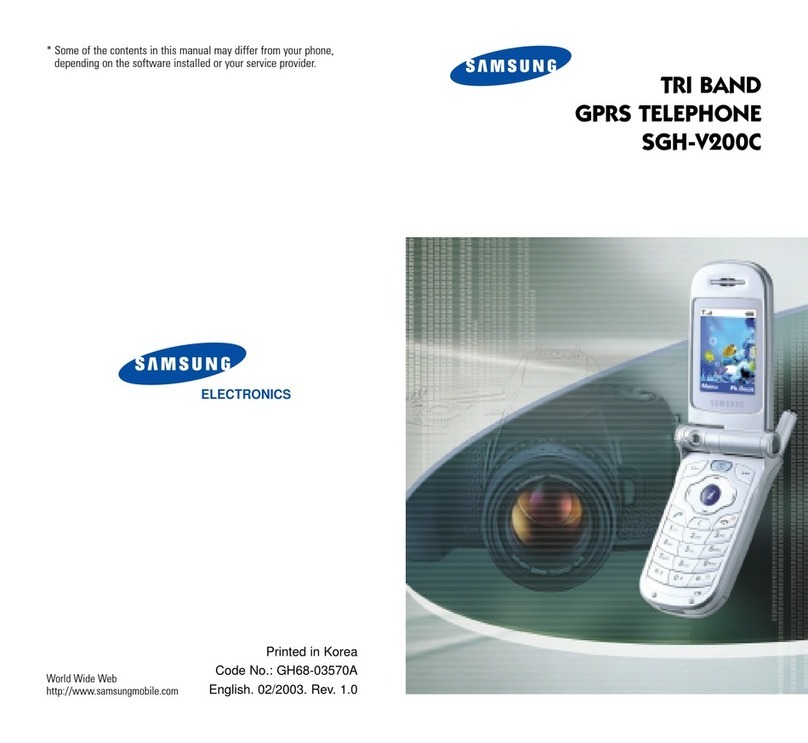
search, A3LSGHI 717. Som et im es it m ay be necessary to rem ove the
batt ery pack to find the num ber. Once you have t he FCC I D num ber for a
part icular phone, follow the instruct ions on t he websit e and it should
provide values for typical or m axim um SAR for a part icular phone.
Additional product specific SAR inform at ion can also be obt ained at
www.fcc.gov/ cgb/ sar.
Con su m e r I nf or m a t ion on W ir ele ss Ph on es
The U.S. Food and Drug Adm inist ration (FDA) has published a series of
Quest ions and Answers for consum ers relating t o radio frequency (RF)
exposure from wireless phones. The FDA publication includes t he
following inform ation:
W hat k inds of phon e s a r e the su bj e ct of t h is upd at e ?
The t erm wireless phone refers here to hand- held wireless phones with
built - in ant ennas, oft en called “ cell,” “ m obile,” or “PCS” phones. These
types of wireless phones can expose t he user t o m easur able r adio
frequency energy ( RF) because of the short dist ance bet ween the phone
and the user's head. These RF exposures are lim ited by Federal
Com m unications Com m ission safet y guidelines t hat were developed with
the advice of FDA and other federal health and safety agencies. When t he
phone is located at greater dist ances from the user, the exposure t o RF is
drast ically lower because a person's RF exposure decreases rapidly with
increasing dist ance from the source. The so- called “ cordless phones, ”
which have a base unit connect ed t o the telephone wiring in a house,
typically operate at far lower power levels, and t hus produce RF
exposures well within the FCC's com pliance lim its.
Do w irele ss phone s pose a hea lt h ha zard?
The available scient ific evidence does not show that any health problem s
are associated with using wireless phones. There is no proof, however,
that wireless phones are absolut ely safe. Wireless phones em it low levels
of radio frequency energy (RF) in t he m icrowave range while being used.
They also em it very low levels of RF w hen in t he st and- by m ode. Wher eas
high levels of RF can produce health effect s ( by heat ing t issue) , exposur e
to low level RF t hat does not produce heat ing effect s causes no known
adverse health effects. Many st udies of low level RF exposures have not
found any biological effect s. Som e st udies have suggest ed t hat som e
biological effect s m ay occur, but such findings have not been confirm ed
by addit ional research. I n som e cases, other researchers have had
difficult y in reproducing t hose st udies, or in det erm ining t he reasons for
inconsist ent result s.
W hat is FDA's r ole conce rning t he sa fe t y of w ir ele ss ph one s?
Under t he law, FDA does not review t he safety of radiat ion- em it t ing
consum er product s such as wireless phones before they can be sold, as it
does with new drugs or m edical devices. However, the agency has
authorit y to take act ion if wireless phones are shown to em it radio
frequency energy ( RF) at a level t hat is hazardous t o the user. I n such a
